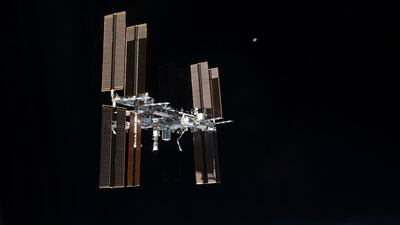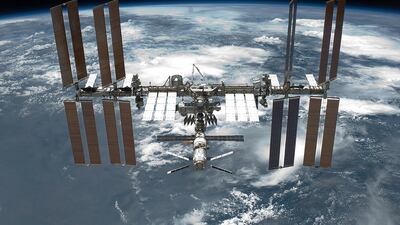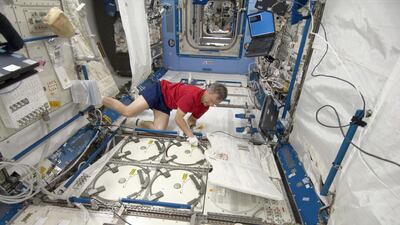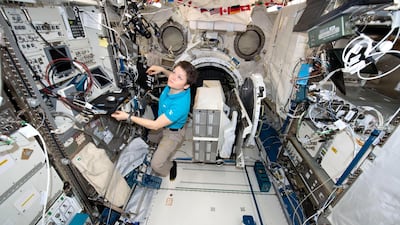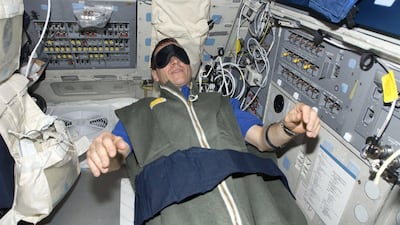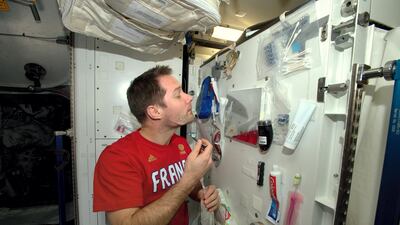Astronauts on board the International Space Station received a late night wake-up call to tackle a minor air leak.
Crew members have been hunting for the source of the leak for several weeks.
Space chiefs have likened their unfamiliar task to finding a "needle in a haystack".
The issue has now been traced to the Russian side of the ISS following a search this week.
Nasa said the two Russians and one American on board were woken late on Monday night in order to seal hatches between compartments and find the source of the leak, which appeared to be growing worse.
It was the third time in just over a month that the crew had to isolate themselves on the Russian side, in an attempt to solve the problem.
Analysis by ground teams tracked the ongoing leak to the main work area inside a Russian ISS module called Zvezda, which contains life support equipment for the space station and living quarters for two crew members.
Investigations found instead of the leak getting bigger this time, a temporary temperature change caused the erroneous cabin air pressure reading, according to Nasa.
The leak was first spotted a year ago, but Nasa officials stress that it remains small and poses no danger.
ISS deputy program manager Kenny Todd said the good news is that “instead of a bunch of haystacks, we're down to maybe one haystack." But he said: “It's still a needle we're looking for.”
Nasa is sending up extra air supply tanks on its next space station delivery, scheduled for a Thursday departure from Virginia in the US.
As long as the leak does not worsen, Mr Todd said, the space station should be fine through next spring.
In two weeks, two Russians and an American are scheduled to arrive at the space station, followed by crew of three Americans and a Japanese on SpaceX's second launch of astronauts, now targeted for October 31.
The ISS played an integral role in a slice of UAE history last year.
Maj Hazza Al Mansouri became the first Emirati to travel in space when he spent eight days on the ISS last September.
Emirati astronauts will receive training at Nasa’s spaceflight training centre in Houston this year as part of a new agreement signed between the UAE and the US space agency.
The partnership will open up further opportunities for UAE astronauts to travel on the ISS.
The ISS: A constant presence among the stars
• The station serves as a floating laboratory, conducting scientific research in key fields such as astrobiology, astronomy, meteorology and physics.
• The first ISS component was launched on November 20, 1998.
• According to experts at Nasa, the ISS is the third brightest object in the sky, outshone only by the Sun and the Moon.
• The station has been continuously occupied since November, 2000 and has had more than 200 space travellers in that time
• The ISS hurtles through space at a speedy 28,000 kilometres per hour, making 16 orbits of the Earth and passing through 16 sunrises and sunsets every 24 hours.
